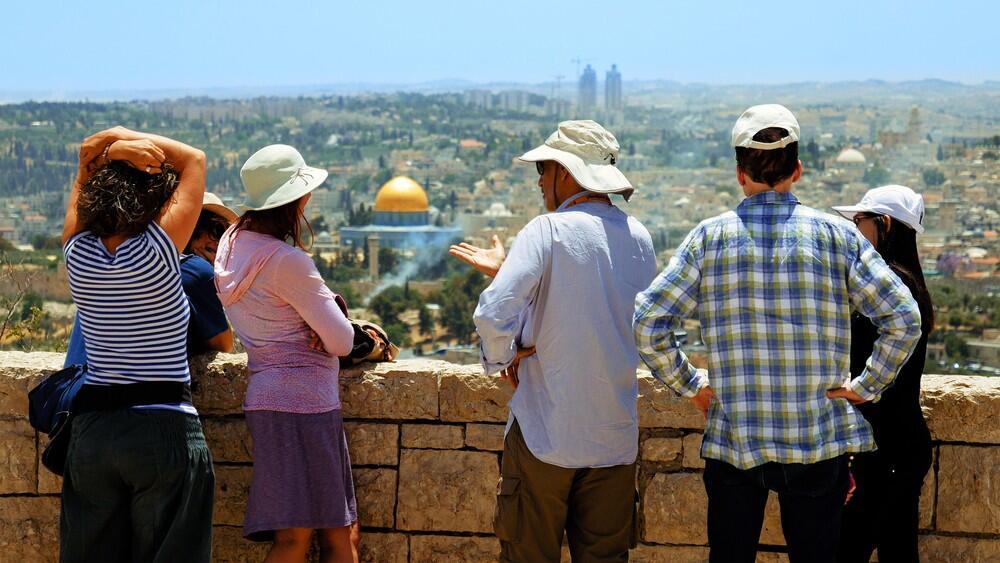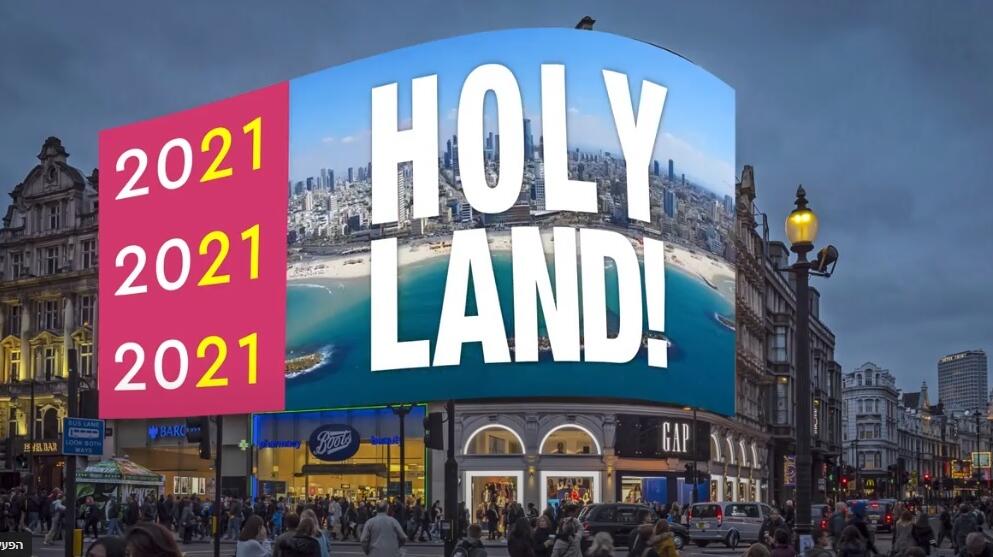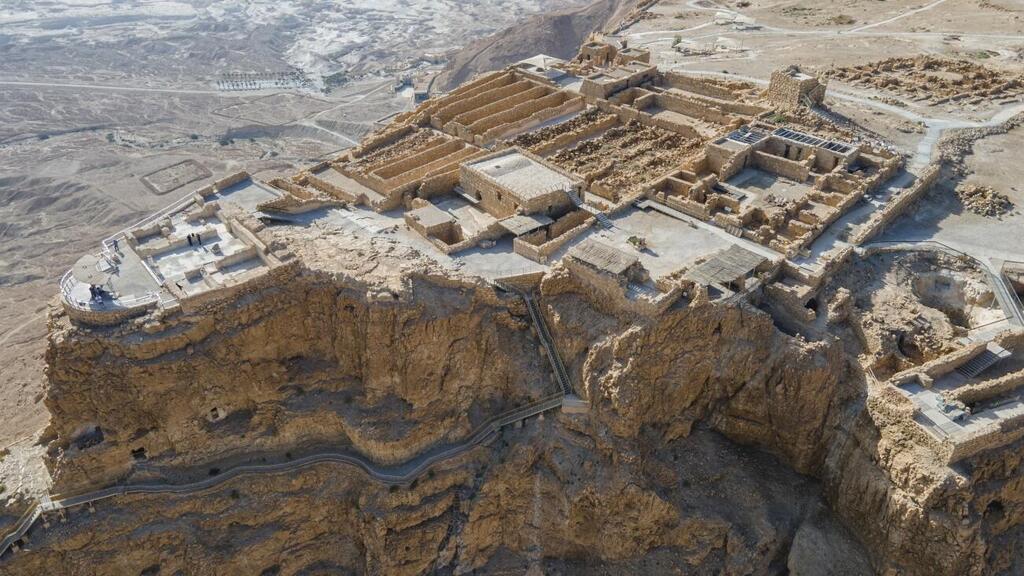The Tourism Ministry has just launched an initiative to track the mobility patterns of foreign and domestic tourists from the country’s cellphone companies. The ministry issued a tender earlier this week to choose a company to carry out the plan, which it expects to put into action in the coming months.
Ministry spokeswoman Anat Shihor-Aronson said that, for many years, the ministry has been operating with no direct knowledge of the real patterns of tourist visits to the country, besides the “obvious” attractive sites, such as the Western Wall. Otherwise, the ministry does not have real information on what are the other most common attractions.
Shihor-Aronson explains that the data collected will serve the ministry in two different areas: crowd management and infrastructure investment. The first goal, she says, is to avoid large crowds arriving at the same site at the same time.
“What we want to know is more or less where the movements are. So, if there are tens of thousands of people in one place, at one time, we would like to tell the tourist group leaders to maybe find another time to go there,” she says. The ultimate aim, she points out: “So that no one stands in line for hours to enter one site.”
This is a process that will enable the Tourism Ministry to enhance and improve the tourism experience by reducing crowds, and by moving masses of people around in a much more efficient way, so that tourism in Israel will be much more enjoyable, she explains.
The second goal of the initiative, Shihor-Aronson continues, is to know where to develop the infrastructure around the sites: “We invest hundreds of millions of shekels in building infrastructures every year. So, as we consider that we’re using public money, we want to invest it in the best way we can. How else do you know where tourists are going, and what they like?”
However, as the initiative involves the ministry collecting movement data from cellular companies, it has raised some concerns regarding tourist privacy issues. Shihor-Aronson said that the ministry has taken into consideration the European Union’s General Data Protection Regulation (GDPR) rules for launching the initiative.
“There is no use of personal information,” she notes. “The ministry will receive data from general summaries only regarding the presence at sites of tourists or Israelis who are more than 60 kilometers from their place of residence. There is no violation of the GDPR rules.”
Concerning cellular companies, she notes that “They are bound by the law and the privacy protection rules.”
Michael Turkenich, a tour guide in Israel, said that Israel has serious congestion problems in some of its most popular sites. “When you’re talking about the tourist sites in Israel, you have certain bottlenecks that are unavoidable. For instance, if you’re talking about Christian tourism and sites such as the Holy Sepulcher. The biggest problem is in Jerusalem, and then there are other problematic sites, such as Masada.”
Turkenich notes that, currently, all the national parks are asking tour guides and travel agents to coordinate groups’ arrival times in advance to avoid congestion. “That wasn’t before COVID,” he points out. Thus, he believes that the ministry’s new movement data “would be nice to know, but as I said, sometimes it’s very hard to monitor that.”
On the other hand, Danny “The Digger” Herman, an archaeologist and tour guide in Israel, is not very enthusiastic about the ministry’s initiative, as he believes it should first invest in the tourism industry’s more basic needs. “It sounds like they are making up new ideas to show that they’re using new technologies,” he adds.
“I would go to the basics of what tourism services should contain,” he stresses, citing the examples of informative road signs and the shade and water coolers available at the sites. “How about fixing the signs?” he asks. “So many signs in tourist sites in Israel are either broken or faded from the sun. When you go to sites, there’s never enough shade and never enough coolers.”
The story is written by Debbie Mohnblatt and reprinted with permission from The Media Line




